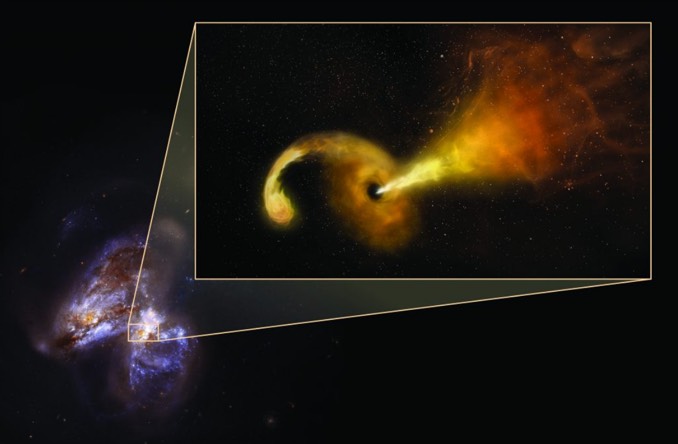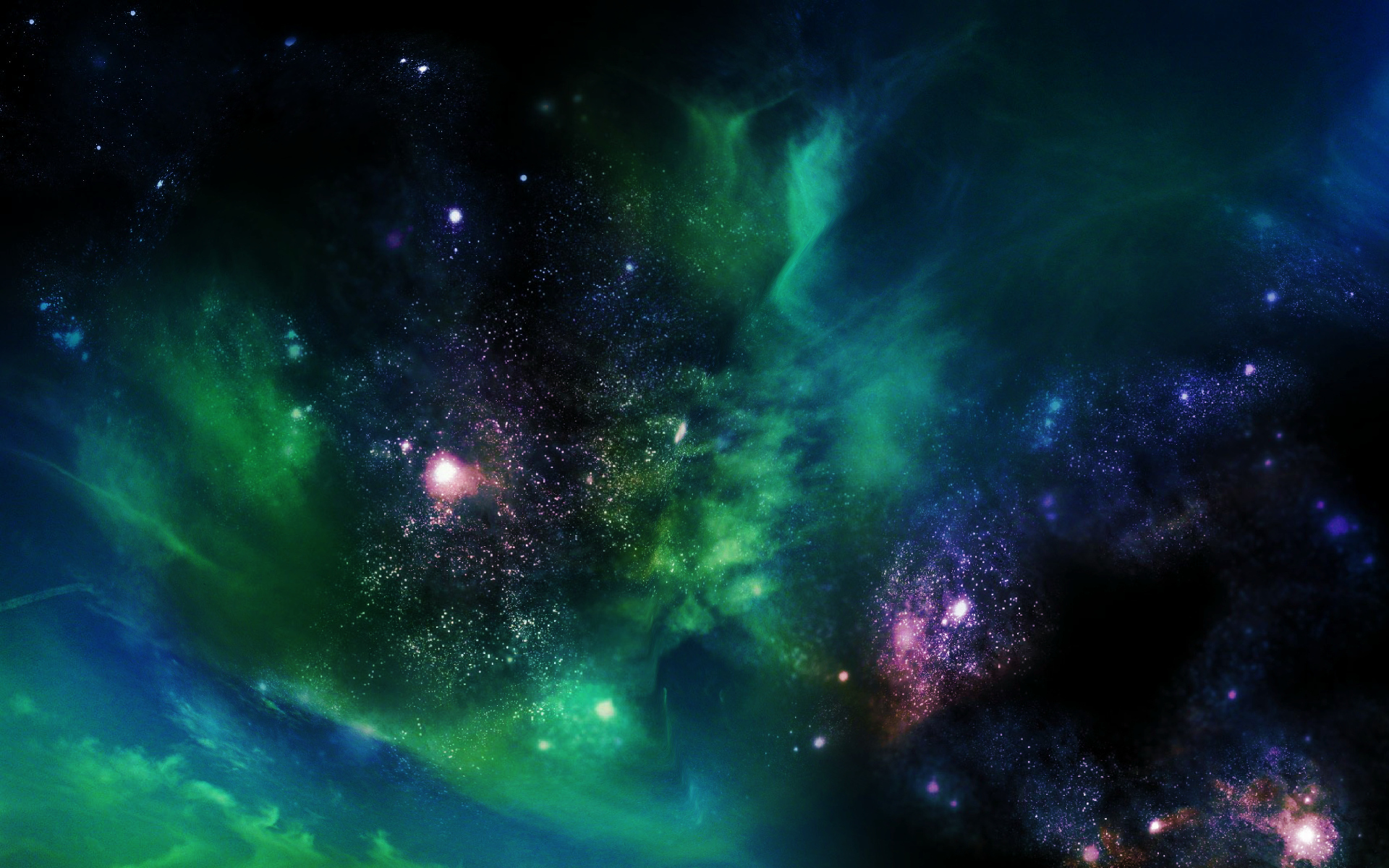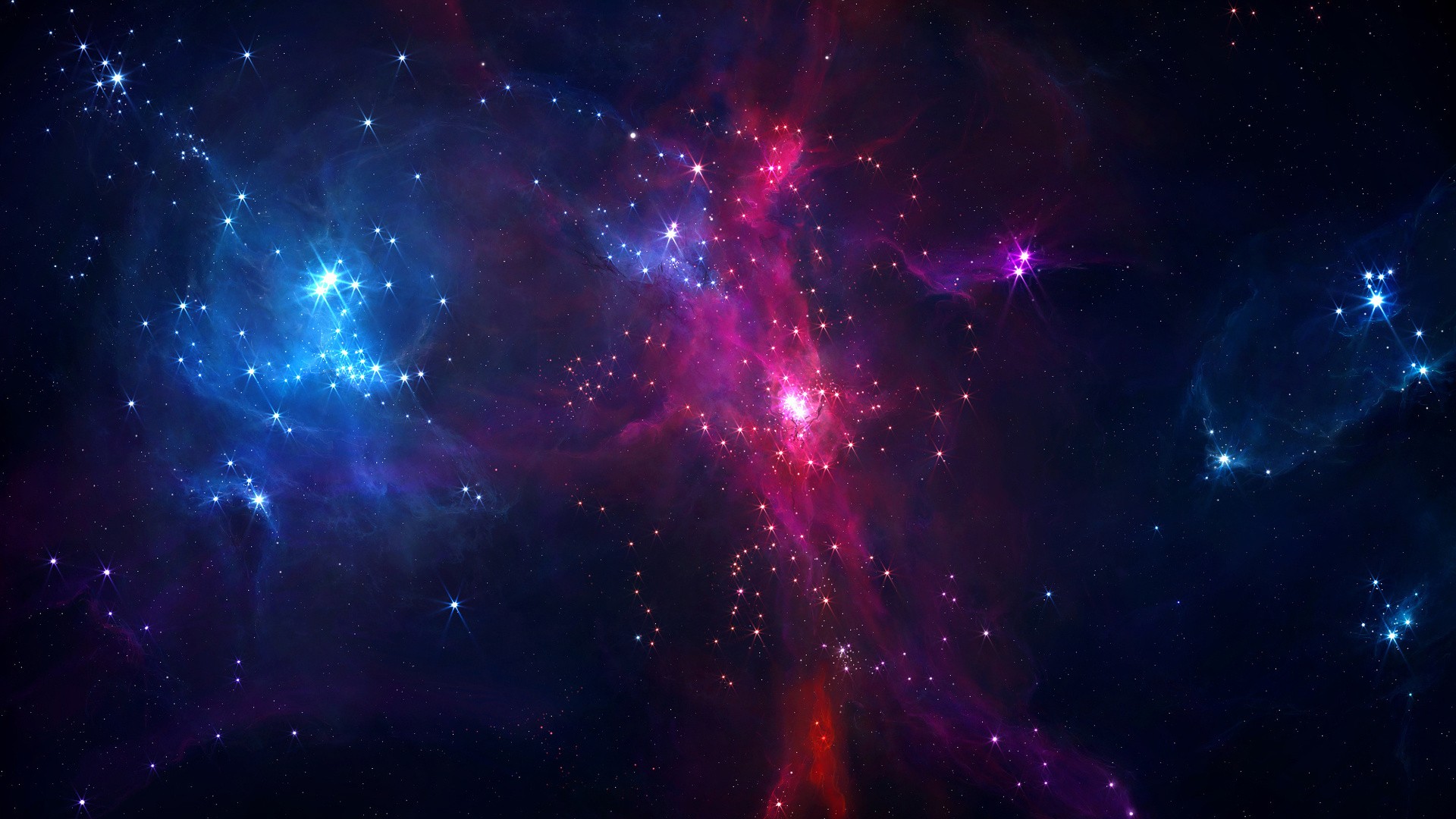
Can a massive star collapse into a black hole without first exploding in a supernova blast? That’s at least one explanation for the disappearance of a star 2.5 mil times brighter than the sun in a dwarf galaxy 75 mil light years away.

Researchers have observed a gamma-ray burst with an afterglow that featured the highest energy photons -- a trillion times more energetic than visible light - ever detected in a burst.

For the first time, astronomers have directly witnessed the aftermath of a black hole consuming a nearby star, imaging the formation and expansion of a high-speed jet of material ejected in the maelstrom.

Astronomers have made a bizarre discovery; a star that refuses to stop shining.

A University of Sydney researcher was part of an international team of astronomers that has observed an incredibly rare event that occurs once every 10,000 years per galaxy.